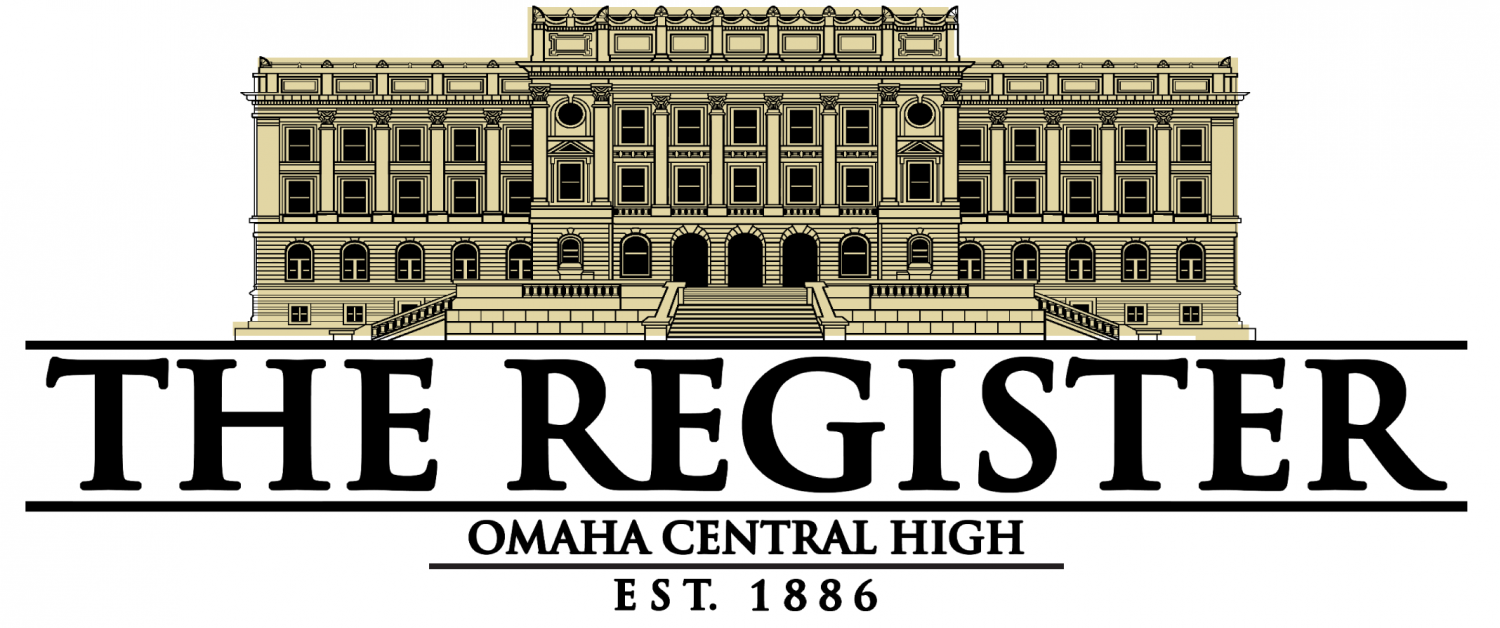Naps in school
December 17, 2019
The American school system has many flaws. Some have to do with teaching styles, some with the over-reliance on standardized testing and some with the over-working of the students. Especially in high school, teens are struggling to meet all of their responsibilities and keep a healthy mindset.
It is not uncommon for a student to wake up before the sun rises, spend eight hours learning and taking tests and stay up late into the night doing homework. This cycle goes on repeatedly until the students are just empty, tired shells of their former selves.
According to John Hopkins, teenagers should sleep for nine hours each night. On average, high school students are only sleeping for seven hours. Students do not fall asleep in class for no reason; it is because they are getting only a portion of the sleep they should be getting. Thus, the only way to fit in more sleep is to install nap time at school.
In preschool, kids are forced to take naps in the middle of the day. While most of them probably see it as a boring break from playing and talking, most teenagers would welcome naps with open arms. Naps would give students a calming break from the tireless thinking that high school classes require and would refresh their energy for the afternoon.
There are many benefits to taking a quick power nap. These naps, which aim to end before entering deep sleep, should only last 10 to 15 minutes. Since they are so short, it would be easy to fit in a power nap during the school day. While the main purpose is to improve alertness, they have a variety of other benefits. Power naps have also been found to improve memory.
One study found that “…an ultra short episode of sleep is sufficient to promote declarative memory performance.” Having a good memory is crucial to learning and retaining information. Naps would help students memorize information more efficiently and perhaps do better on tests and quizzes.
A study also found that naps can reverse the effects of not getting enough sleep. For example, if a student only sleeps for six hours, they may feel groggy and slow until he or she is able to make up the lost sleep. However, the same effect of making up that three hours of lost sleep can be achieved by taking a short power nap. The student could feel wide awake in the matter of 15 minutes if they could nap at school. This would benefit the teachers, too, because they would have alert students ready to learn.
Athletes would especially benefit from naps throughout the day. Their bodies require extra energy to be able to perform at the best possible level. With homework and sports practices, most athletes probably aren’t receiving the proper amount of sleep. Athletes cannot perform at their highest level when they are sleep deprived. Naps would help them rest and prepare for top performance.
Teachers may also benefit from napping. Feeling tired while teaching can make it difficult to engage the students, and they will not learn the material as well as if they were being taught by an alert, excited teacher. Making the learning environment fun will increase the participation of the students, which will cause them to get better grades.
In conclusion, naps would be an appropriate addition to the school day. A couple extra minutes of sleep can work wonders in the classroom. Teachers and students alike will find that a short power nap can go a long way.
